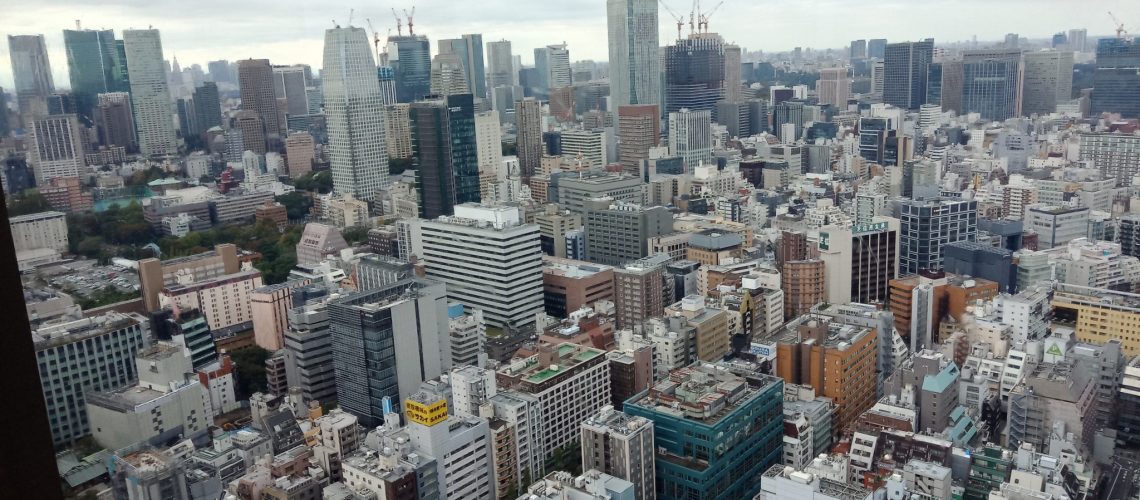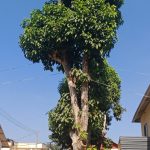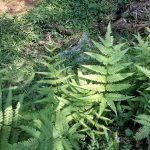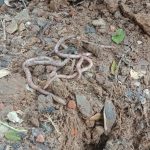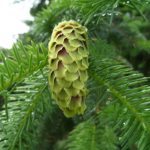COVID – 19 : a short recap – from January to June 2020
The COVID Pandemic is the worst night mare of this century until now which seems to threaten us much more than the recession that affected us early this century. We have earlier encountered SARS (Severe Acute Respiratory Syndrome) and MERS (Middle East Respiratory Syndrome) but COVID caused by a newer strain of Corona Virus is still at large without no proper cure or vaccine and more than 9 million of the world population is affected with about 500 thousand people succumbing to it. Many remedies have been suggested by the countries that have been the worst affected until now but we cannot just say that some countries are affected and others are not. It is like the wave of the pandemic is spreading and those that have come under it earlier appear more affected and those yet to come under it appear unaffected. To me this does not appear as though it is going to end now. It will take its time and will spread like any other pandemic and will have a persistence for atleast two years before it gets listed as just any other disease. It will appear and disappear like Dengue, Chikungunya, Swine Flu etc.,when conditions are favourable for its spread.
COVID is a virus and mainly spread through fomites (articles used by an infected person) and since it causes symptoms like coughing and sneezing, it is mainly spread through droplet infection. Hence the need for masks and sanitisers as we tend to touch our face, eyes and mouth which are the portals of entry of the virus. Further close contact is another reason for spread and hence social distancing and staying at home was made mandatory the world over. In the later days US topped the list in number of cases and still continues to be on the top of the list. Italy, Spain UK and France showed a high case number and recorded a high number of casualties in the early days though the disease was first reported from Wuhan in China in late December 2019. The case number was low in Russia and India in the beginning but now Russia, Brazil and India are following closely behind the US in rising case numbers.
The Symptoms of COVID appear to be flu-like but the respiratory distress and its acuteness is what is causing fatalities of upto 5% on an average. The symptoms that were initially given for suspecting a COVID infection were fever with cough, throat pain and dryness of throat and of course breathlessness but now almost any symptom is listed under COVID – fever, cough, sneezing, throat pain and dryness of throat, headache, bodyache, diarrhoea, nausea, loss of smell and taste, breathlessness, chest pain and so on. The cause of death is respiratory failure due to congestion and critically ill patients require ventilators. In the same way several management strategies were made known and most of these were related to taking healthy food and boosting our immunity against the virus as there is no known cure. At one time the drug Quinine that is used to cure malaria was suggested as a cure for COVID. The BCG vaccine (used for Tuberculosis) was recommended for patients of COVID to control the lung damage. More recently antiviral drugs like Remdesivir and Favipiravir have been developed but these have not been through proper Clinical trials. So whether these drugs will be used for treating COVID patients is still a question mark. Also a drug called Dexamethasone is being used for COVID patients who are critically ill. But all of these are used only on a trial basis.
Why are there variations in the severity of COVID among affected individuals?
Recent studies suggest that blood groups (ABO ) can indicate susceptibility or response of an individual to COVID.
The investigations made so far indicate that individuals with A blood group are more affected by the disease than the O group individuals.
Again the amount of viral load that we receive on infection determines the severity of the disease. More the viral load severe the infection and that explains why frontline workers been seriously affected by this disease.
Moreover it has been observed that compared to droplet infection it is the aerosol contamination that is more dangerous as it can easily enter the ACE2 receptors of lungs cells and upper respiratory tract due to the minute size.
Further looking at individuals with pre-existing conditions and old age it has been observed that obese people are more affected than the normal subjects.
What should we do from home?
Since there is no proper cure for this disease prevention is the best way to tackle it. The virus is an RNA virus that attacks the upper and lower respiratory tracts and to resist this virus we need to have a strong immune system that can effectively produce antibodies against it. As there is no vaccine developed the only alternative is to source the Immunomodulatory potential of herbs and to keep the lung free from congestion using herbal remedies. We have a number of simple home remedies that can be followed to keep us away from infection and sometimes if infected we may also be cured without our knowledge with the help of these elixirs.
